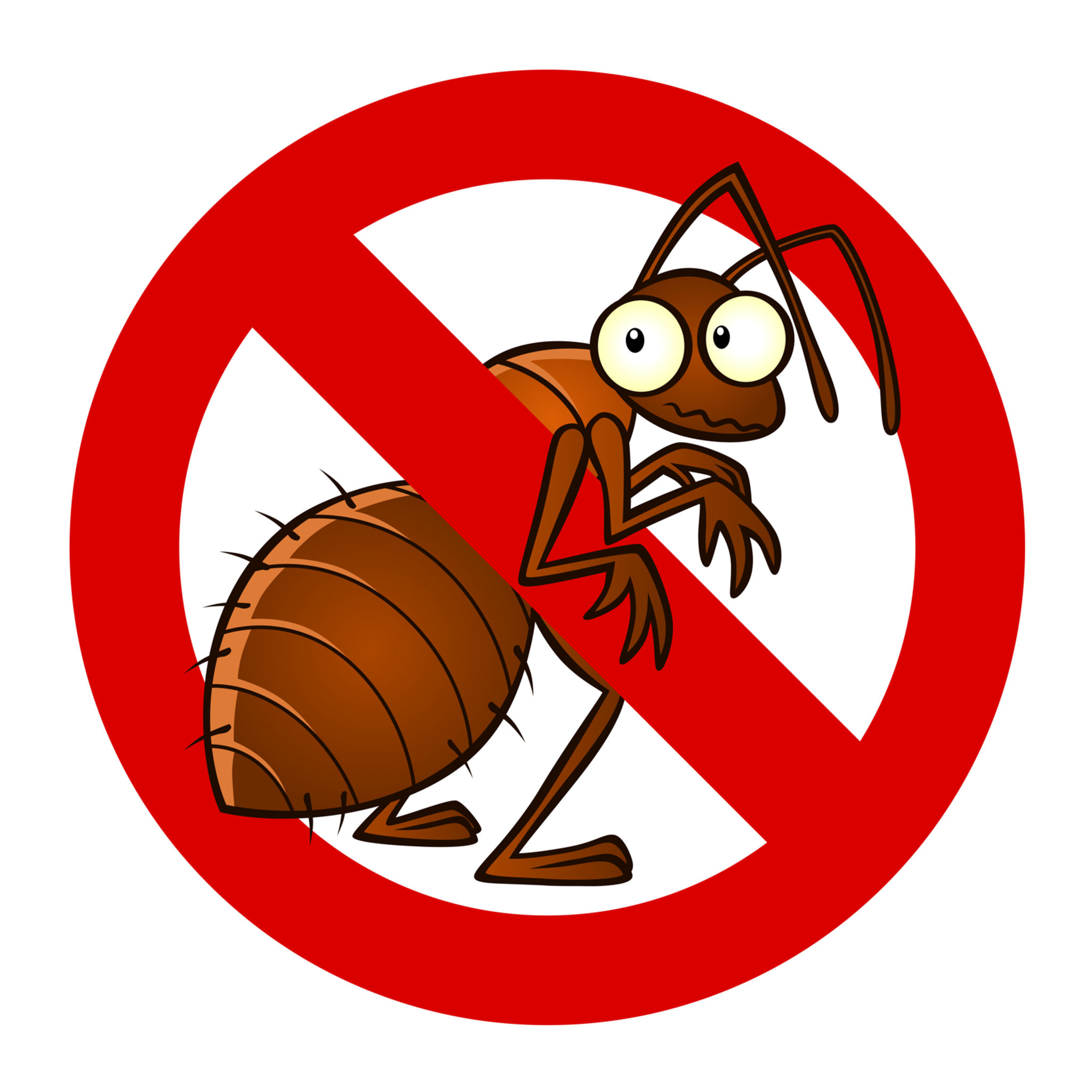Experienced A1 Exterminators Charlotte NC - Rapid and Reliable Solutions
Bed Insect Therapy Breakdown: Contrasting Chemical Vs. Non-Chemical Solutions
In the realm of bug control, specifically when managing the consistent concern of bed pests, the selection in between chemical and non-chemical therapy services can be an essential one. Both strategies provide distinct benefits and drawbacks, affecting elements such as performance, safety and security considerations, and general expense. By checking out the nuanced information of each technique, a more clear understanding of which path to go after in addressing a bed insect infestation can be acquired.
Efficiency of Chemical Therapies
Chemical treatments for bed bug problems have actually been extensively recognized for their quick and powerful efficiency in removing these insects. When considering the effectiveness of chemical therapies, it is crucial to recognize that they can give a quick and complete remedy to a bed insect problem. Expert pest control experts commonly rely upon pesticides to target bed pests at numerous phases of their life cycle, consisting of eggs, adults, and fairies. These chemicals commonly function by interrupting the bed bugs' nerves, causing paralysis and ultimate fatality.
In addition, chemical therapies have the advantage of offering residual effects, suggesting that they can remain to get rid of bed insects even after the first application. This recurring action is especially helpful in combating any kind of possible re-infestations. Furthermore, the rapid activity of chemical treatments can bring alleviation to people facing serious bed pest invasions, enabling them to regain control of their home promptly.
Safety And Security Interest In Chemical Solutions
One vital facet that needs careful factor to consider when making use of chemical options for bed pest treatment is making certain the safety and security of owners and the setting. Exposure to certain chemicals made use of in bed bug treatments can lead to respiratory system problems, skin irritation, or other damaging reactions, especially in people with pre-existing problems or level of sensitivities.
Moreover, the ecological influence of chemical options is another substantial consideration. Some chemicals made use of in bed insect treatments might be unsafe to beneficial bugs, wildlife, and environments if they leach into the dirt or water systems. It is necessary to make use of chemical therapies carefully, complying with safety guidelines, and thinking about less hazardous choices to reduce these threats and ensure the effective and safe management of bed bug invasions.
Advantages of Non-Chemical Approaches
Considering the possible safety and security problems and environmental effect linked with chemical services for bed pest treatment, checking out non-chemical methods presents an encouraging alternative with a number of distinct benefits. Non-chemical therapies are ecologically pleasant, as they do not contribute to air or water pollution, making them a lasting selection for parasite control.
Additionally, non-chemical remedies can be reliable in targeting bed insects, consisting of hard-to-reach areas where chemical therapies may not pass through. Techniques such as warm treatment, vacuuming, steam cleansing, and mattress coverings give complete elimination without using damaging chemicals. Moreover, non-chemical techniques can be much less disruptive, needing minimal preparation and permitting quicker reentry right into dealt with areas. On the whole, choosing non-chemical bed insect therapy approaches not only focuses on safety and security and environmental management however additionally makes certain efficient and thorough parasite control.
Limitations of Non-Chemical Treatments

Furthermore, non-chemical therapies frequently call for numerous applications to achieve effective eradication. This can be taxing and may not constantly guarantee complete elimination of all bed insects and their eggs, particularly in hard-to-reach or surprise areas.
Furthermore, the success of non-chemical therapies heavily counts on correct execution and thoroughness, which can be testing for individuals without expert experience. Inadequate application of non-chemical methods may cause incomplete eradication, resulting in persistent invasions and the demand for extra therapies.
Consequently, while non-chemical treatments have their benefits, it is important to recognize these restrictions and consider them when establishing one of the most effective strategy for taking care of bed pest problems.
Cost Contrast: Chemical Vs. Non-Chemical Options
Offered the webpage limitations linked with non-chemical treatments, a necessary aspect to examine in the context of bed bug administration is the cost comparison between chemical and non-chemical alternatives. In contrast, non-chemical therapies like heat treatment or heavy steam can be much more expensive, with prices varying from $1,000 to $6,000 for an entire home. While the preliminary price of chemical therapies may appear reduced, multiple treatments may be needed to totally remove the infestation, potentially enhancing the total price.
Final Thought

Considering the prospective safety and security problems and environmental effect connected with chemical remedies for bed pest treatment, checking out non-chemical methods provides a promising alternative with a number of unique benefits.Provided the constraints connected with non-chemical treatments, a crucial aspect to assess in the context of bed pest monitoring is the cost contrast in between chemical and non-chemical options. In comparison, non-chemical treatments like warm treatment or heavy steam can be a lot more expensive, with expenses varying from $1,000 to $6,000 for an entire home. While the first price of chemical therapies might seem lower, several therapies might be needed to completely get read the article rid of the problem, possibly boosting the general expense.In verdict, when contrasting chemical and non-chemical bed bug treatment options, it is necessary to consider efficiency, security, benefits, limitations, and expense.